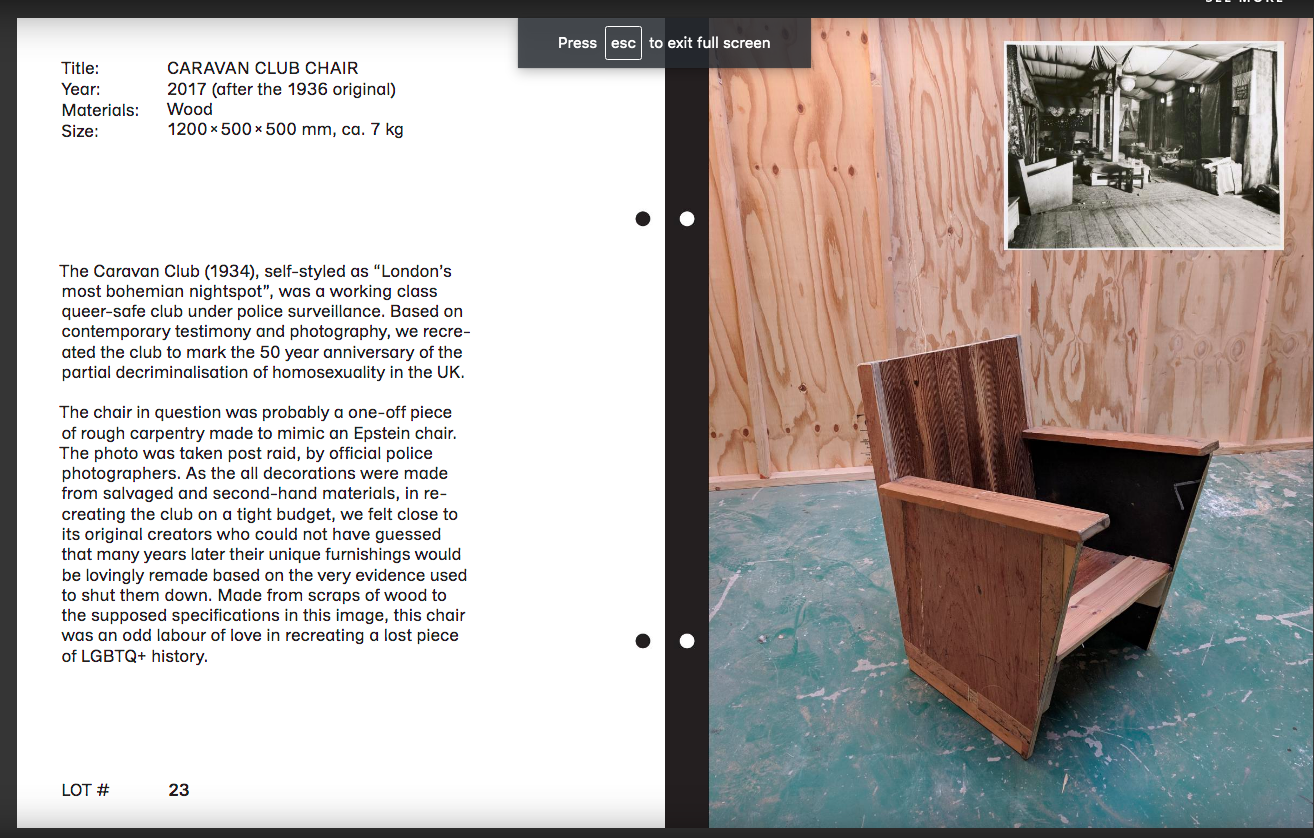Furniture and Speculative Design



MONUMENT Seating / Store Design 2018
Modernist Hand Crafted Birch Ply.
Client: The Royal Central School of Speech and Drama./ RBKC
What is Critical Design and Speculative design?
In 2018 I exhibited a Chair, which was initially made as a prop for an immersive theatre, a show commissioned by the National Trust and The National Archive. It was based on a chair in a photograph. After the installation and performances. The chair quietly sat in the corner of the National Archive offices for some months and was then taken to Rotterdam, This reemerged as part of the Neue Museum’s Speculative Design archive. I wondered what speculative design, meant in the broader sense.
A critical design object, as opposed to affirmative design, is intended to challenge conventional notions and provoke a reevaluation of established beliefs, behaviours, and societal norms. Critical design often seeks to address pressing issues and stimulate discourse, encouraging viewers to question and think critically about the object and the broader context in which it exists. Here are some key aspects that differentiate critical design from affirmative design:
Challenging Preconceptions: Critical design objects are intentionally crafted to challenge and disrupt preconceived ideas or assumptions. This might involve subverting traditional expectations, functions, or meanings associated with an object.
Encouraging Dialogue and Reflection: Critical design encourages dialogue and critical reflection about the object's purpose, design choices, and the societal implications it represents. It provokes discussions on broader themes such as ethics, sustainability, power dynamics, and cultural norms.
Exploring Alternative Futures: Critical design often presents alternative futures or realities through the object, pushing the boundaries of what is considered acceptable or "normal." It aims to expand our imagination and challenge the limitations of the present
Above: Excerpt from the auction catalogue of the Nueue Museum Rotterdam. Speculative Archive. And inset image from the National Archive.
Highlighting Social or Political Issues: Critical design often focuses on addressing social, political, or environmental issues. The object might shed light on systemic inequalities, injustices, or biases present in society.
Provoking Discomfort or Surprise: Critical design may deliberately create discomfort or surprise to disrupt the expected experience, forcing individuals to confront their assumptions and biases.
Multidisciplinary Approach: Critical design often draws from multiple disciplines such as art, design, sociology, anthropology, and psychology to create a rich and multifaceted exploration of the object and its impact.
Ambiguity and Interpretation: Critical design often employs ambiguity, metaphor, or symbolism to allow for various interpretations, encouraging viewers to engage with the object on a deeper intellectual and emotional level.
Encouraging Activism or Change: Beyond stimulating thought, critical design may inspire activism or call for action to address the issues it highlights. It aims to motivate individuals to be proactive in shaping a better future.
In summary, critical design goes beyond creating functional or aesthetically pleasing objects. It aims to challenge our understanding of design, society, and ourselves by presenting thought-provoking alternatives that can inspire change and foster a more conscious and reflective society.
A critical design object challenges an audience's preconceptions, provoking new ways of thinking about the object, its use, and the surrounding culture. Its adverse is affirmative design: design that reinforces the status quo. For a project to succeed in critical design, the viewer must be mentally engaged and willing to think beyond the expected and ordinary. Humour is important, but satire is not the goal.
Distinctions with Conceptual Art
Conceptual art practice has a very similar role to critical design since both of them share critical perspectives with the public and being commentators on issues, the public may get confused about understanding these two different fields. However, Matt Malpass points out that the critical designer still applies the skills from the training and practice as a designer, but re-orientates these skills from a focus on practical ends to a focus on design work that functions symbolically, culturally, existentially, and discursively. Critical design objects are made precisely based on the design principles and carefully follow the design and design research process. Also, critical design objects always stay close to people's everyday life. They tend to be tested on real people and get feedback for further developments. Conceptual art is usually associated with gallery spaces and mostly tends to apply the artistic media in the process.
